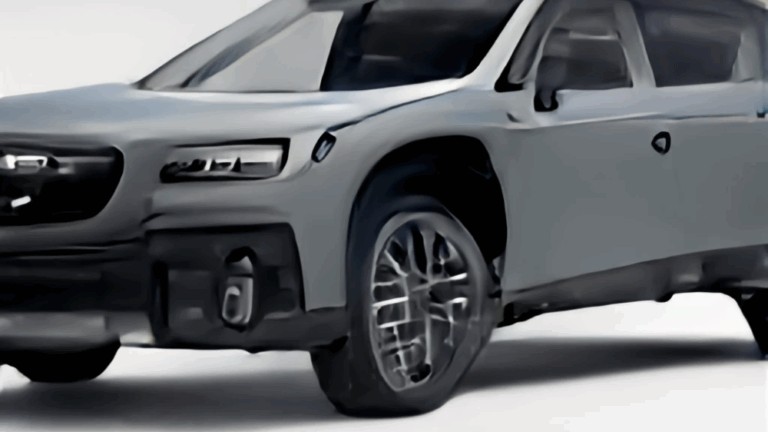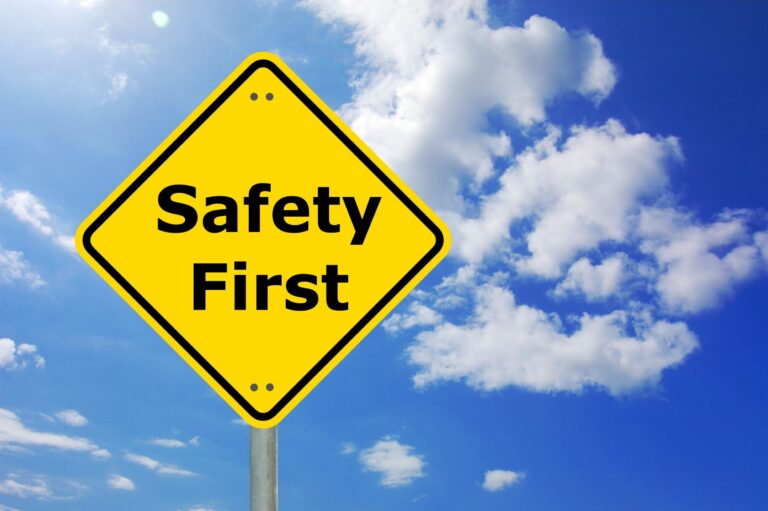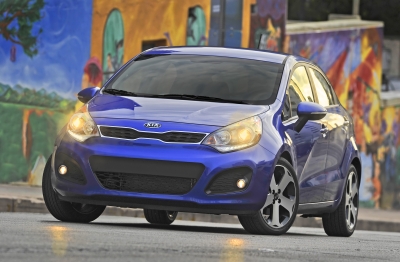Cheapest Brand New Car In South Africa: Your Gateway to Affordable Mobility
Cheapest Brand New Car In South Africa: Your Gateway to Affordable Mobility cars.truckstrend.com
In a country as dynamic and diverse as South Africa, owning a car is more than just a luxury; for many, it’s a fundamental necessity for work, education, and daily life. However, the dream of car ownership often clashes with economic realities. Rising fuel prices, high interest rates, and the general cost of living can make the prospect of buying a brand new vehicle seem daunting, if not impossible. This is where the concept of the "cheapest brand new car" becomes not just relevant, but crucial.
This comprehensive guide is dedicated to exploring the most affordable entry points into the new car market in South Africa. We’ll delve into what defines affordability beyond just the sticker price, examine the top contenders for the title of the cheapest new car, and provide practical advice to help you navigate this significant purchase. Our goal is to empower you with the knowledge to make an informed decision, ensuring that the path to mobility is as accessible and cost-effective as possible.
Cheapest Brand New Car In South Africa: Your Gateway to Affordable Mobility
The Quest for Affordability: Why Choose Brand New?
When budget is the primary concern, many immediately turn to the used car market. While pre-owned vehicles undoubtedly offer lower initial costs, there are compelling reasons why a brand new car, even at the entry-level, can be a more prudent long-term investment for some buyers:
- Peace of Mind & Reliability: A brand new car comes with zero kilometres on the clock and the assurance that you are its first owner. This translates to fewer immediate maintenance concerns and the confidence that all components are fresh from the factory.
- Manufacturer Warranty: Almost all new vehicles come with a comprehensive manufacturer warranty, typically covering mechanical and electrical faults for several years or a specific mileage. This provides crucial protection against unexpected repair costs in the initial ownership period.
- Service Plans & Maintenance Plans: Many entry-level new cars include a basic service plan (covering scheduled services) or even a maintenance plan (covering parts and labour for certain repairs) for a defined period, significantly reducing your running costs during the first few years.
- Latest Safety Features: Even the cheapest new cars are built to modern safety standards, often including essential features like ABS (Anti-lock Braking System), EBD (Electronic Brakeforce Distribution), and multiple airbags, which might be absent or less advanced in older used models.
- Financing Advantages: Banks often offer more favourable interest rates and terms for financing new cars compared to used vehicles, given the lower risk associated with brand new assets.
- Personalisation & Freshness: There’s an undeniable appeal to driving a car that’s truly yours from day one, with that distinctive "new car smell" and the ability to add accessories or features without inheriting someone else’s choices.
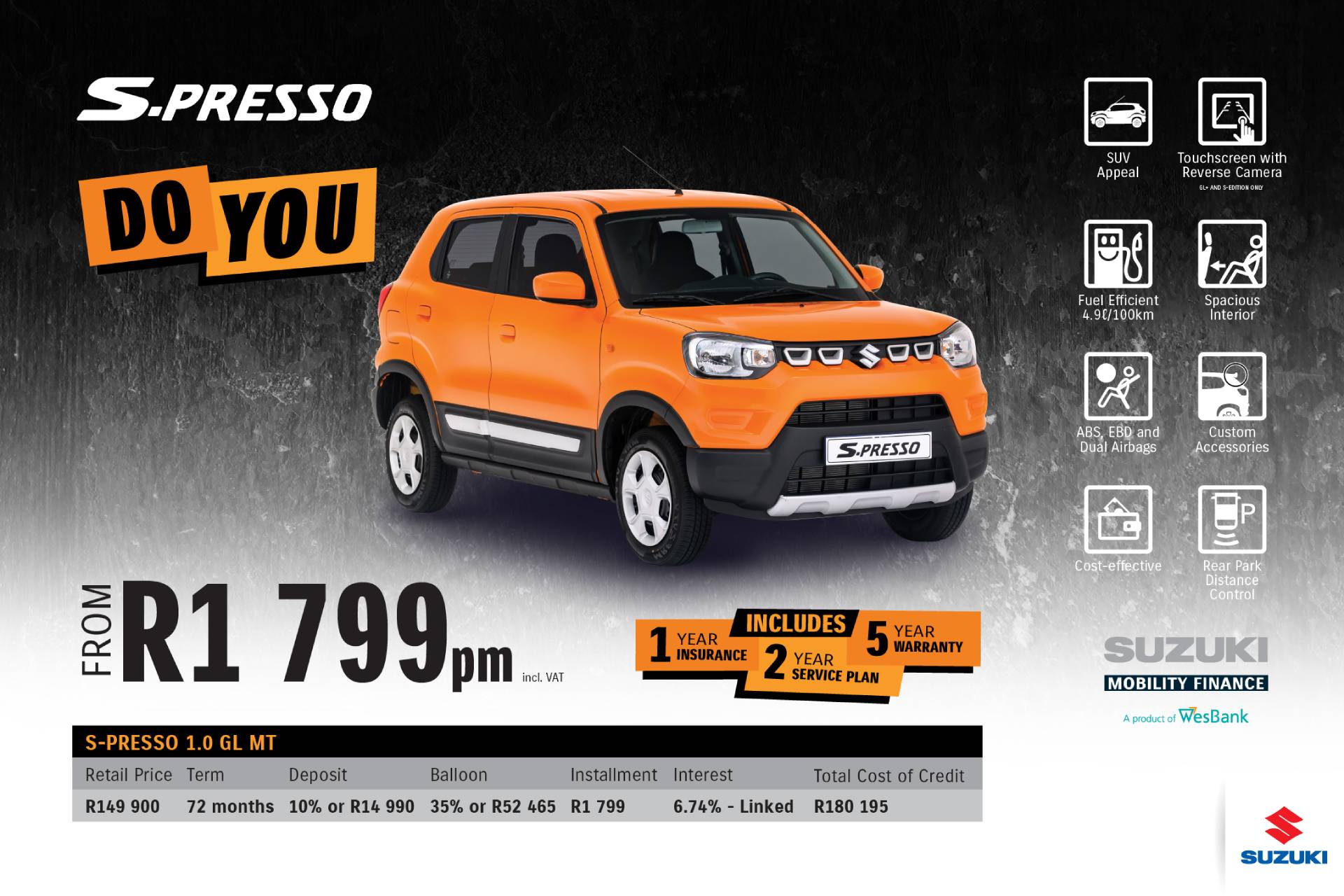
Key Factors Defining "Cheapest" Beyond the Price Tag
While the initial purchase price is the most obvious indicator of a car’s affordability, a truly "cheap" car offers low ownership costs across its lifespan. To assess real value, consider these crucial factors:
- Fuel Efficiency: South Africa’s volatile fuel prices mean that a car’s consumption rate can significantly impact your monthly budget. A car that sips fuel will save you thousands over its lifetime.
- Maintenance Costs: This includes the cost of routine services (parts and labour), consumables like tyres and brake pads, and the availability and affordability of spare parts. Brands with a strong local presence and robust parts supply networks often offer lower maintenance costs.
- Insurance Premiums: Insurers assess risk based on factors like the car’s value, repair costs, theft statistics, and safety features. Generally, cheaper, less powerful cars tend to have lower insurance premiums.
- Resale Value: While often overlooked when buying at the lowest price point, a car that retains its value better will result in a smaller loss when you eventually decide to sell or trade it in.
- Standard Features: What do you get for the base price? Does it include air conditioning, power steering, a basic infotainment system, or essential safety features? Sometimes, a slightly higher initial price can offer better standard equipment, making it a better value.
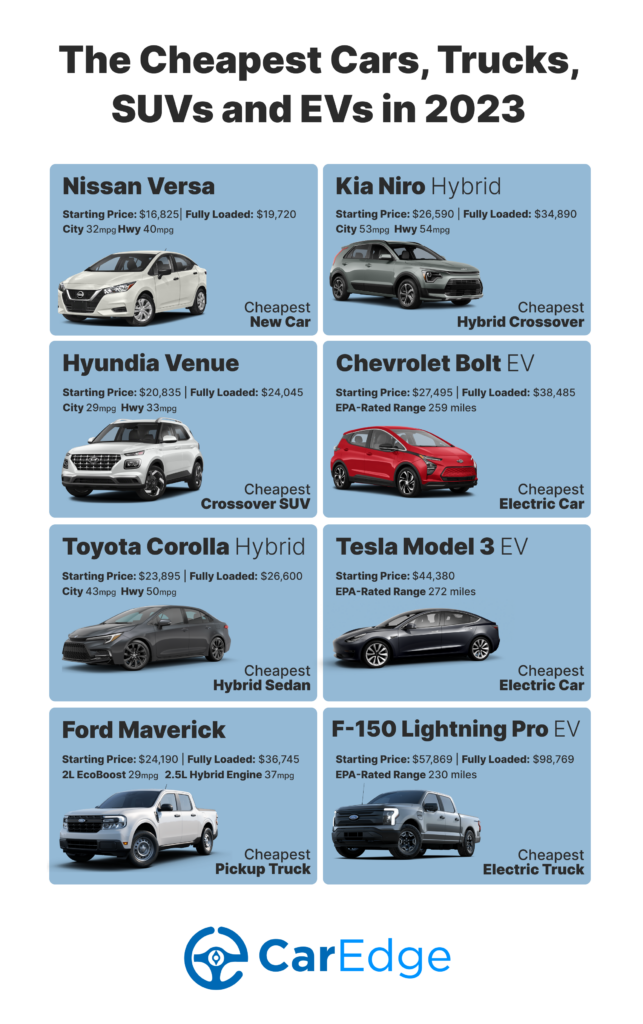
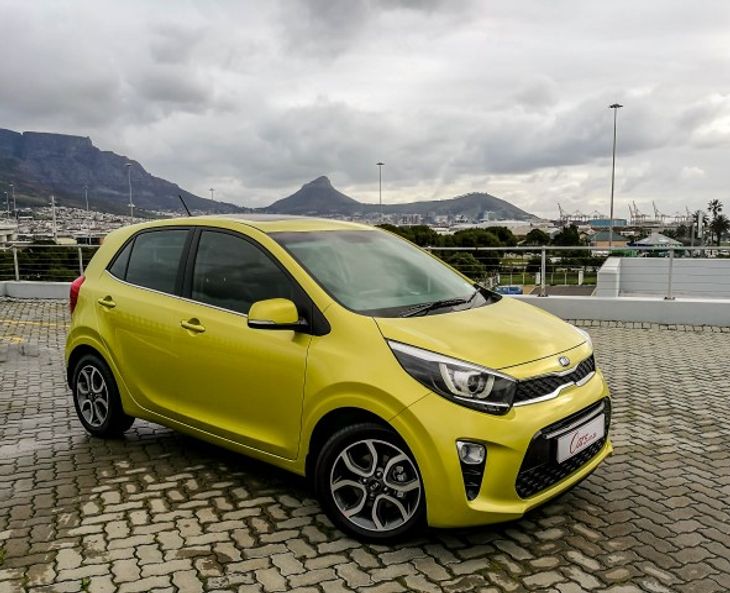
Contenders for the Crown: Top Cheapest Brand New Cars in South Africa
The South African market has seen a growing number of budget-friendly options designed to meet the needs of first-time buyers and those seeking economical mobility. Here are some of the front-runners (prices are indicative starting prices and subject to change based on model year, trim level, and manufacturer promotions):
- Suzuki S-Presso: Often cited as one of the absolute cheapest, the S-Presso offers a compact, high-riding stance with a frugal 1.0-litre engine. It’s known for its fuel efficiency and quirky SUV-inspired looks.
- Renault Kwid: Another strong contender, the Kwid provides an SUV-like appearance and a surprisingly spacious interior for its segment. It comes with a 1.0-litre engine and often boasts features like a touchscreen infotainment system in higher trims.
- Mahindra KUV100 Nxt: Offering a unique 6-seater option in some configurations, the KUV100 Nxt is a compact SUV-like vehicle with a 1.2-litre engine. It targets buyers looking for practicality and a robust build.
- Suzuki Celerio: A slightly more conventional hatchback than the S-Presso, the Celerio offers impressive interior space for its size, a comfortable ride, and the same reliable 1.0-litre engine found in the S-Presso.
- Toyota Vitz: Essentially a rebadged Suzuki Celerio, the Vitz benefits from Toyota’s legendary reputation for reliability and extensive dealer network, making it an attractive option for those who value peace of mind and strong resale value.
Beyond the Sticker Price: Understanding Total Cost of Ownership (TCO)
The true cost of a car extends far beyond its showroom price. Understanding the Total Cost of Ownership (TCO) is paramount for budget-conscious buyers.
- Fuel Costs: Calculate your estimated monthly fuel budget based on your daily commute and the car’s stated fuel economy. Remember, manufacturers’ figures are often achieved under ideal conditions; real-world consumption might be slightly higher.
- Insurance Premiums: Obtain multiple quotes from different insurers. Factors like your age, driving history, where you live, and where the car is parked can significantly impact premiums.
- Maintenance and Servicing: Adhere to the manufacturer’s service schedule to keep your warranty valid and your car running optimally. Factor in the cost of services after the included service plan (if any) expires.
- Financing Costs: If you’re financing, the interest rate, loan term, and any balloon payment structure will add significantly to the overall cost. A larger deposit can reduce your monthly instalments and total interest paid.
- Hidden Costs: Don’t forget licensing and registration fees, potential accessory purchases (e.g., floor mats, seat covers), and an emergency fund for unexpected repairs or punctures.
Making the Smart Purchase: Practical Advice
Purchasing your first brand new car, especially on a tight budget, requires careful planning and research.
- Research Thoroughly: Don’t just look at the price. Read reviews, watch videos, and compare specifications of your shortlisted models. Pay attention to safety ratings (e.g., Global NCAP results for African market models).
- Test Drive, Test Drive, Test Drive: This is non-negotiable. Spend adequate time test driving each contender. Assess comfort, visibility, handling, engine performance for your typical driving conditions (city vs. highway), and the functionality of basic features.
- Compare Financing Options: Get quotes from multiple banks and the dealership’s finance department. Understand the interest rate, repayment period, and any hidden fees. Avoid extending the loan term too long, as it increases total interest paid.
- Understand Warranties and Service Plans: Clarify what is covered, for how long, and what maintenance responsibilities fall on you.
- Negotiate: Even on the cheapest models, there might be room for negotiation on the price, or perhaps you can secure a free accessory or a slightly better deal on financing.
- Budget Realistically: Create a comprehensive budget that includes the car instalment, fuel, insurance, maintenance savings, and other potential costs. Ensure you have a buffer for emergencies.
- Prioritise Safety: While budget is key, do not compromise on essential safety features like ABS and airbags. They are non-negotiable for your well-being.
Challenges and Considerations
While buying a cheap new car is empowering, be aware of potential challenges:
- Limited Features: Entry-level cars will naturally lack advanced technological features, luxury comforts, or powerful engines found in more expensive models.
- Perceived Safety: Smaller, lighter cars can sometimes raise concerns about crash safety. However, modern budget cars are designed with safety in mind and often include essential active and passive safety features.
- Depreciation: All new cars depreciate, but entry-level models might experience a quicker initial drop in value, especially if newer, even cheaper alternatives enter the market.
- Waiting Lists: Popular budget models can sometimes have waiting lists, so factor this into your timeline.
Cheapest Brand New Car In South Africa: Price Table (Indicative Starting Prices – Q1 2024)
| Model | Starting Price (R) | Engine (L/cc) | Power (kW) | Torque (Nm) | Fuel Economy (L/100km, Combined) | Airbags (Min) | ABS | Warranty (Years/km) | Service Plan (Years/km) | Key Feature/Notes |
|---|---|---|---|---|---|---|---|---|---|---|
| Suzuki S-Presso | R 170,900 | 1.0L / 998cc | 49 | 89 | 4.9 | 2 | Yes | 5 / 200,000 | Optional | High ground clearance, compact, very fuel efficient. |
| Renault Kwid | R 187,999 | 1.0L / 999cc | 50 | 91 | 4.9 | 2 | Yes | 5 / 150,000 | 2 / 30,000 | SUV-like styling, good cabin space, often touchscreen. |
| Mahindra KUV100 Nxt | R 179,999 | 1.2L / 1198cc | 61 | 115 | 5.9 | 2 | Yes | 5 / 150,000 | 3 / 50,000 | Robust build, unique 6-seater option in some trims. |
| Suzuki Celerio | R 188,900 | 1.0L / 998cc | 49 | 89 | 4.2 | 2 | Yes | 5 / 200,000 | Optional | Class-leading fuel economy, spacious interior. |
| Toyota Vitz | R 189,900 | 1.0L / 998cc | 49 | 89 | 4.4 | 2 | Yes | 3 / 100,000 | Optional | Toyota reliability, extensive dealer network. |
Disclaimer: Prices are manufacturer suggested retail prices (MSRP) for base models at the time of writing (early 2024) and are subject to change without prior notice. They exclude optional extras, dealer charges, and on-the-road costs. Fuel economy figures are manufacturer claimed combined cycle data.
Frequently Asked Questions (FAQ)
Q: Are these cheapest cars safe for South African roads?
A: Yes, all brand new cars sold in South Africa must meet minimum safety standards. While entry-level cars may not have as many advanced safety features as premium models, they typically include essential features like ABS and at least two airbags. Always check specific model safety ratings (e.g., Global NCAP).
Q: Can I get finance for these cars?
A: Absolutely. Banks and financial institutions offer financing for new vehicles, including the most affordable models. Your eligibility will depend on your credit score, income, and ability to afford the monthly repayments.
Q: Do these cars come with a warranty and service plan?
A: Yes, all brand new cars come with a manufacturer’s warranty, offering peace of mind against manufacturing defects. Many also include a service plan (covering scheduled maintenance) or maintenance plan (more comprehensive) for a specific period or mileage, significantly reducing initial running costs.
Q: What about parts availability and servicing costs for these budget brands?
A: Brands like Suzuki, Renault, Mahindra, and Toyota have established dealer networks and parts supply chains in South Africa. Parts for these high-volume, entry-level cars are generally readily available and designed to be affordable to replace, keeping servicing costs manageable.
Q: Is it better to buy a cheap new car or a slightly older, more premium used car for the same price?
A: This depends on your priorities. A new car offers a warranty, peace of mind, and modern features, but often fewer creature comforts for the price. A used car might offer more features or a larger engine for the same budget, but comes with higher risk of unexpected repairs and no manufacturer warranty. For long-term reliability and lower initial running costs, a new car is often the safer bet.
Q: Which is the cheapest car suitable for a student or first-time buyer?
A: The Suzuki S-Presso and Renault Kwid are consistently among the most affordable options, making them excellent choices for students or first-time buyers due to their low purchase price, impressive fuel economy, and manageable running costs. The Toyota Vitz offers the added benefit of Toyota’s renowned reliability.
Conclusion
The journey to car ownership in South Africa doesn’t have to be an insurmountable financial hurdle. By focusing on the "cheapest brand new cars," buyers can access reliable, efficient, and safe mobility without breaking the bank. The key lies in looking beyond the initial sticker price and understanding the total cost of ownership, including fuel efficiency, maintenance, and insurance.
With thoughtful research, careful budgeting, and a clear understanding of your needs, you can confidently choose a brand new vehicle that not only fits your budget but also empowers your independence and enhances your daily life. The dream of driving a new car is more attainable than ever, offering a fresh start on the open road.
